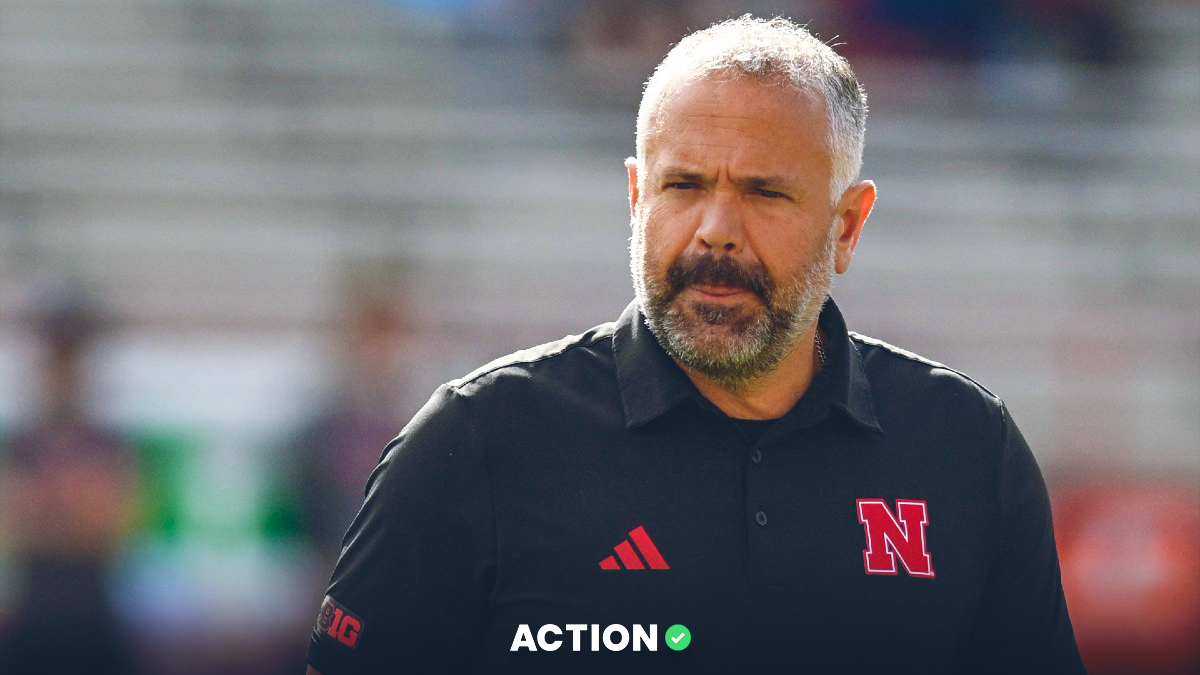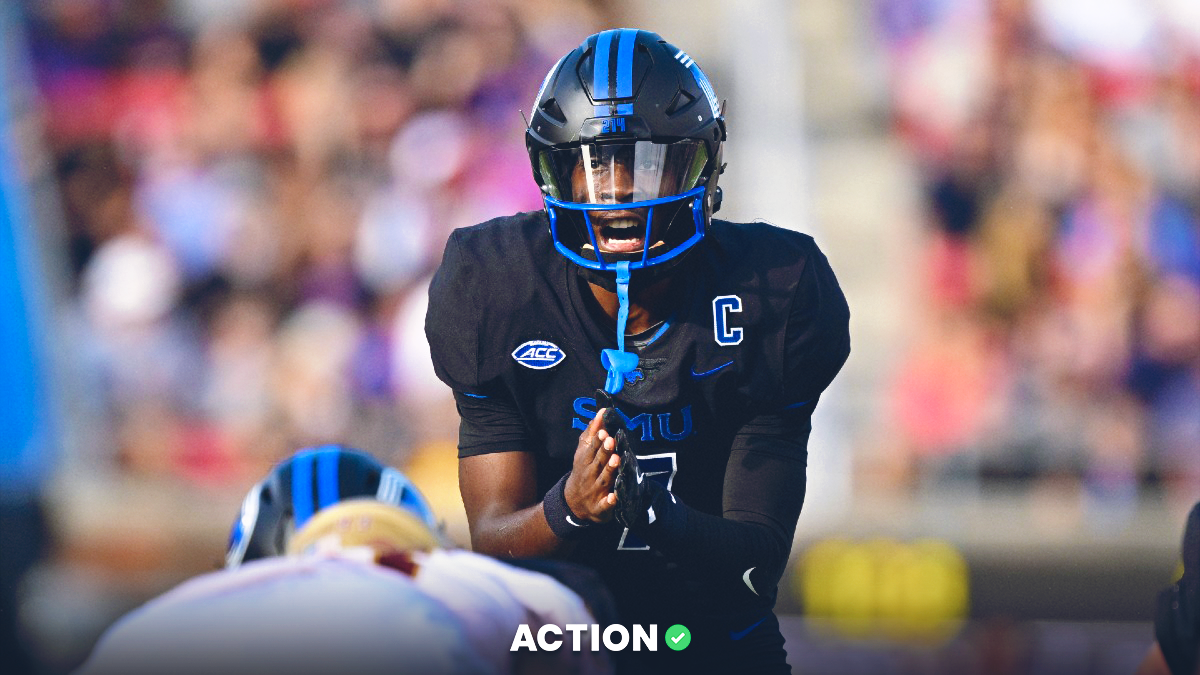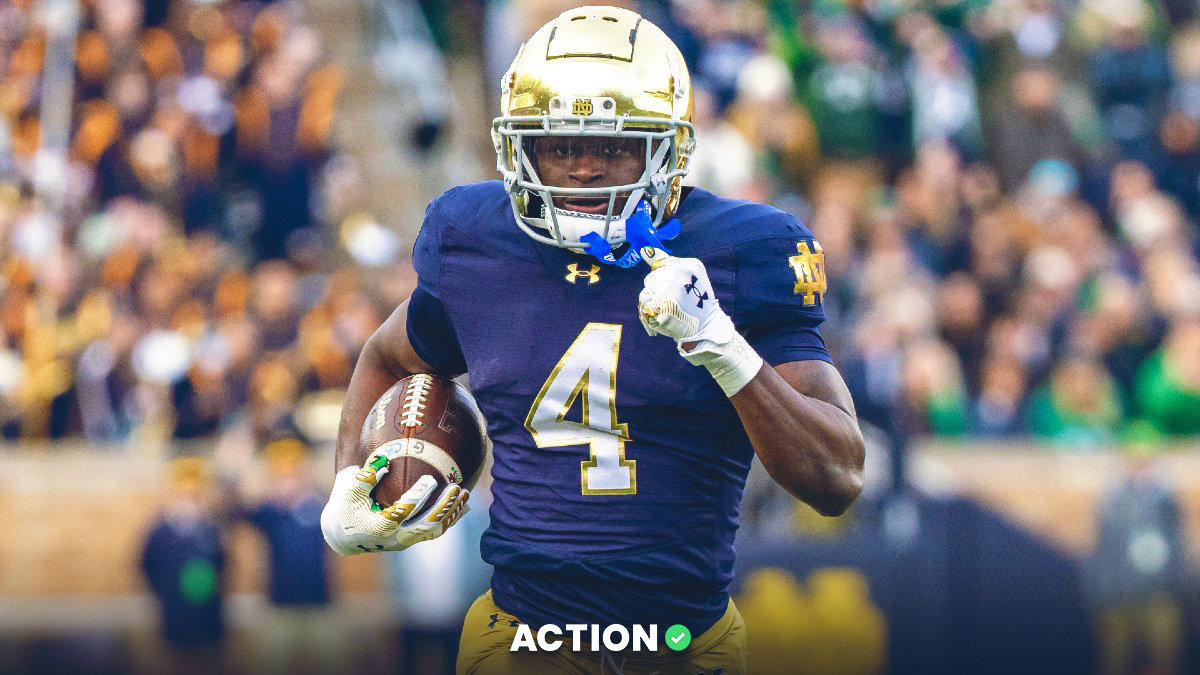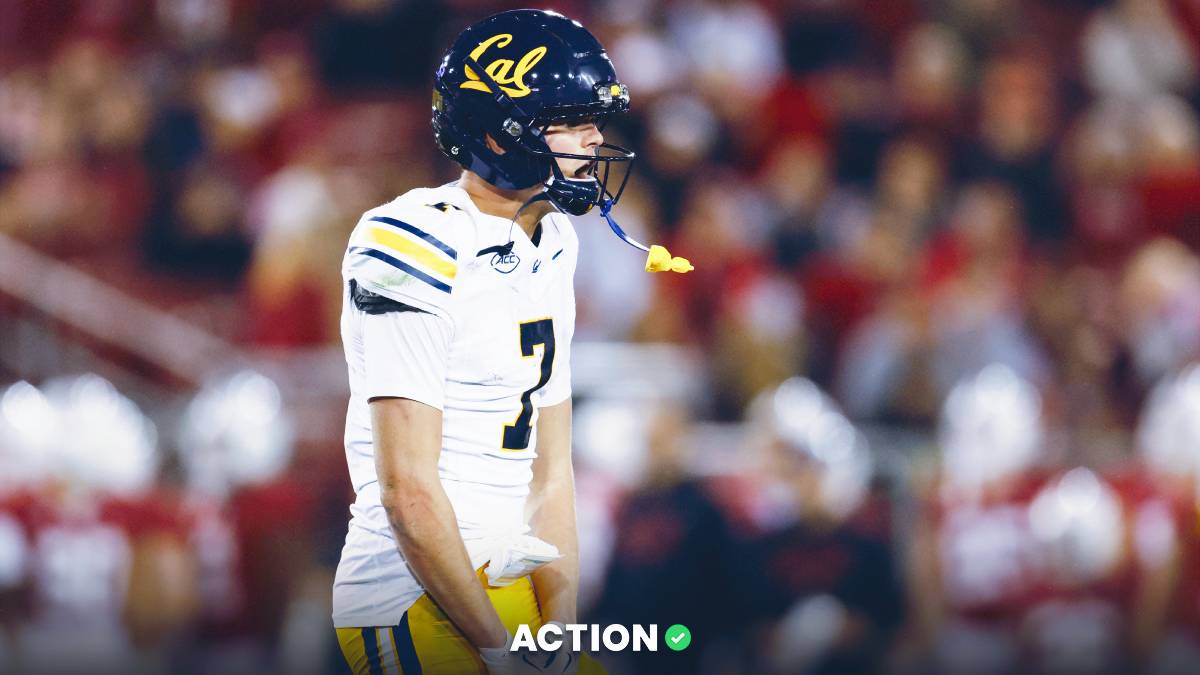Editors Note: Action Network’s College Football Betting Power Ratings are current as of Nov. 30, 2025. This column will be updated throughout the 2025 season to reflect Collin Wilson’s adjustments.
College football conference championship week is here, which means it's time to get down to business once again.
Below, you'll find Action Network's updated power ratings for the 2025 season as the year rolls on. These power ratings will be updated throughout the season, responding to news and injuries along the way.
We can use these ratings to create a point spread between any two teams in the country on a neutral field simply by subtracting the lower team’s rating from the higher-ranked team's rating.
As the season progresses, we also keep track of teams that are trending up and teams that are trending down, which helps find value among teams that are regarded highly by the public and misranked in the AP Top 25 Poll.
What’s a College Football Power Rating in Sports Betting?
Power Ratings are not all that different from trading stocks — you assign a value to something based on a number of factors, try to buy it when it’s low, and sell when it’s high.
With stocks, long-term investors look for a clean balance sheet, revenue growth and market capitalization. In sports betting, a gambler should look for price point, market deflation and growth over peers.
Our power ratings are fueled by Wilson’s projections, which aim to judge the true quality of a team based on advanced metrics, coaching changes, year-over-year roster continuity (TARP) and a host of other underlying components.
How to Use Our College Football Power Ratings
Action Network has a page dedicated to projected spreads and totals for each week’s slate of games with home-field advantage taken into account. Furthermore, Action PRO subscribers can use those projections to target early betting value even before sportsbooks release official lines for the upcoming week’s action.
Collin’s power ratings are updated every week based on previous performance and news from around the country to ensure that everything is up-to-date heading into the next slate of games.
Along with Collin’s projections for every game, subscribers can see full bet and money percentages and our signals that show where sharps are laying down money and any relevant trends to help make the smartest bets possible.
College Football Power Ratings for Conference Championship Week
Power ratings adjustments are current as of Sunday, Nov. 30, 2025.





















